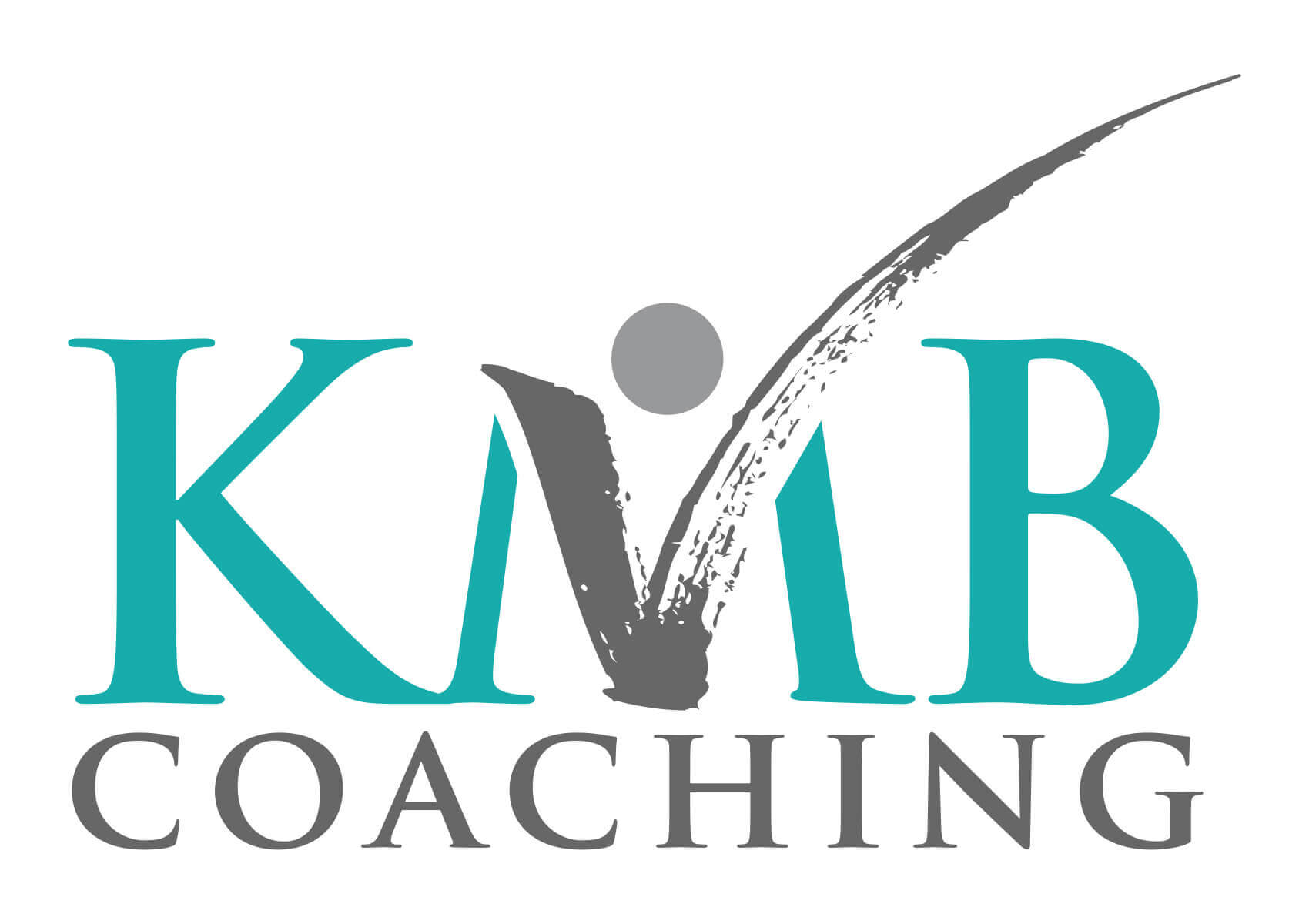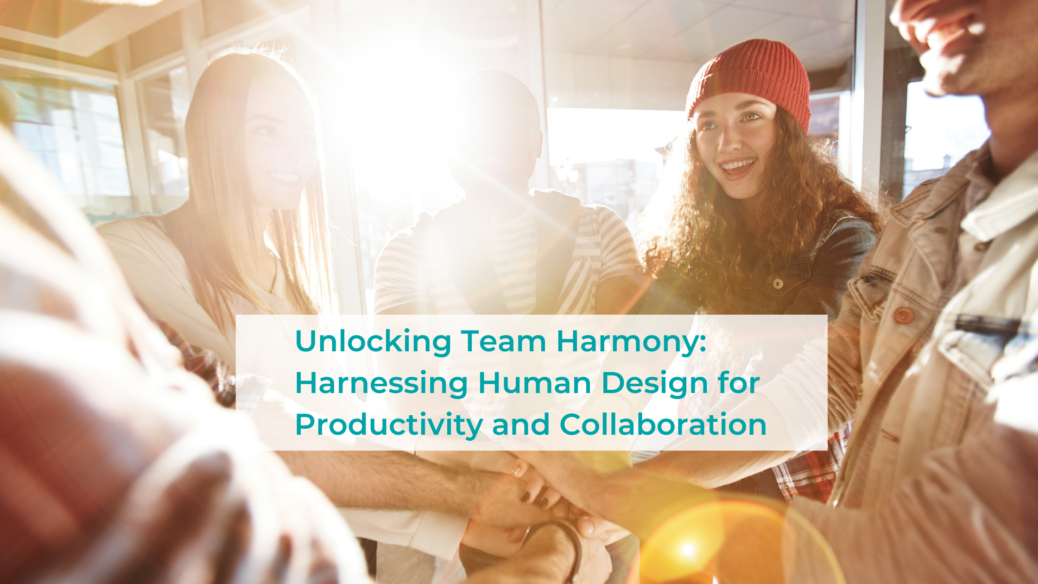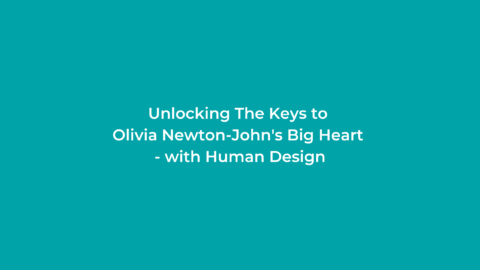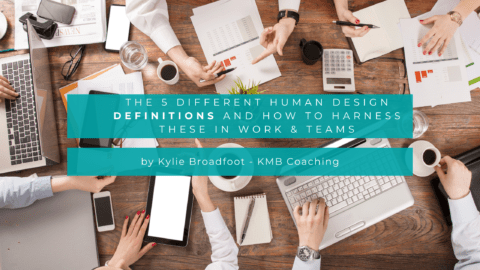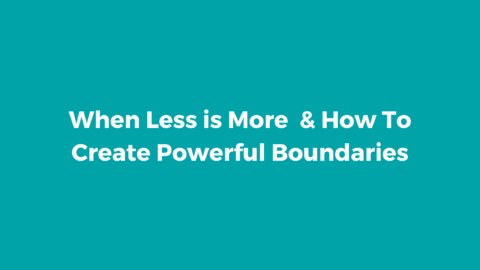When working in a team or business partnership, it’s important to recognise that each individual operates differently. We often assume that others function in the same way we do, expecting them to have the same energy levels, decision-making speed, need for alone time, and communication style.
However, embracing the diversity of human design can provide valuable insights into potential sources of friction, misunderstandings, confusion, and exhaustion. In this article, we’ll explore how understanding Human Design can enhance team dynamics and shed light on individual differences.
Before we dive in, if you’d like to look up your own (or someone else’s) Human Design, you can do that here.
Types and Energy:
In Human Design, there are various Types, each with distinct energy patterns and ways of nurturing these for sustainable and effective results. For instance:
- Generators and Manifesting Generators have access to consistent, reliable energy. They can automatically assume that everyone has as much energy available all the time, as they do. And yet, that’s not the case.
Any of the Types have energy they can direct towards different projects, tasks and initiatives. However, they don’t have consistent access to it. They can be buoyed by being in the same space as Generators and Manifesting Generators, absorbing some of their energy and sometimes mistaking it for their own. Pulling back and realising that they can’t maintain the same expansion of energy over time can be beneficial to avoid feeling worn out.
In fact, even Generators and Manifesting Generators need to prioritise healthy boundaries and not take ‘everything’ on or they will find themselves burnt out as well. It can be tempting for these Types to put their hand up for all the tasks or projects, due to the fact that they have the capacity for a lot due to their consistent energy. It’s important to ask for help when needed, prioritise what needs to be done and let others take the lead sometimes.
- Projectors may feel energised when they’re working on tasks and projects that are meaningful to them. A fallacy is that Projectors don’t have energy; everyone has access to energy – some of us just have this more consistently than others. It can be a trap for Projectors to try to keep up with their Generator and Manifesting Generator counterparts, as they’ll likely find themselves energetically depleted. Projectors are often able to offer highly valuable insights and can see innovative ways of doing things more efficiently as well as offering new perspectives. Their focus can feel deeply penetrating and their powerful questions can be so potent that this can unsettle those who aren’t ready for this level of piercing focus.
Projectors often make natural leaders and can benefit from avoiding the temptation to prove themselves by how much they can get done. Instead, it’s all about the impact of their insights and being able to navigate their energy. This might look like including white space in their calendar instead of back-to-back meetings. Feeling invited to share what they notice, and be appreciated and recognised for this is so important to Projectors.

- Manifestors may feel energised when their creative urges hit, and they feel inspired to bring a new, innovative idea to life. The secret sauce of Manifestors is in being able to disrupt the way things have always been done and find a new way. Being in a role that is focused on the legwork of bringing an idea into the world may feel annoying to a Manifestor. They have a powerful impact and can be tempted to try to focus on being liked and people-pleasing, due to being appealing to the right people, and repellant to some.
Manifestors will benefit from using their energy to initiate the ideas that come from their creative bursts when they’re present, and then pulling back and taking time to allow new ideas and creativity to come. Being able to delegate to others to see projects or tasks through can be beneficial, as a Manifestor’s strength is in seeing new ideas, often before others do, and initiating them.
- Reflectors can experience all the different types of energy over time. They may feel energised and like they have more capacity at times, and then it will dissipate. Reflectors can identify such valuable insights that might be overlooked by others. They are able to mirror back what they see and asking for their input around this can be so beneficial. It can be tempting for Reflectors to try to be more like others or to try to keep up with others. They are sensitive to the spaces and people they spend time around, and it can be beneficial to ensure they have the flexibility to experience being in different spaces and around different people.
These are some of the broader differences between the different Human Design Types and the way they best operate.
We’ll dive into different aspects like Definition and Defined/Undefined Centres next time – and what this means in everyday language with practical examples.
Celebrating each others’ differences can amplify the connection, output, satisfaction and fulfilment in a work environment and harness the individual strengths of a team as individuals and a whole.
If you’re keen to get more information about how you can learn more about Human Design for your team, business or yourself, simply get in touch.
Tags: Coaching Human Behaviour Team Dynamics